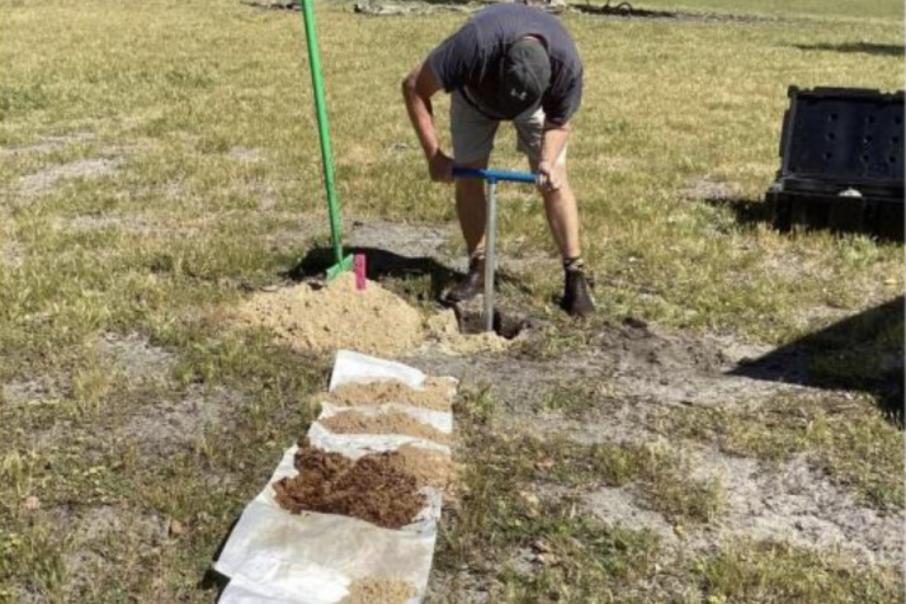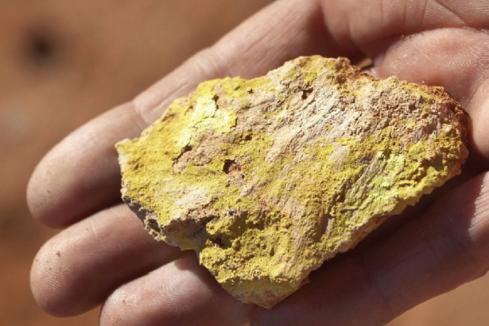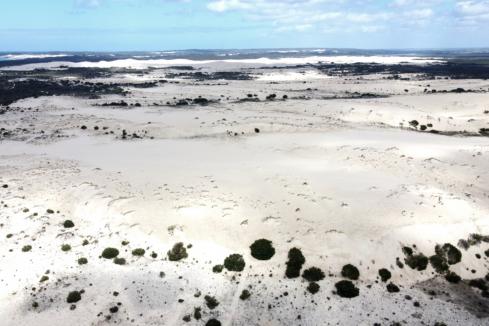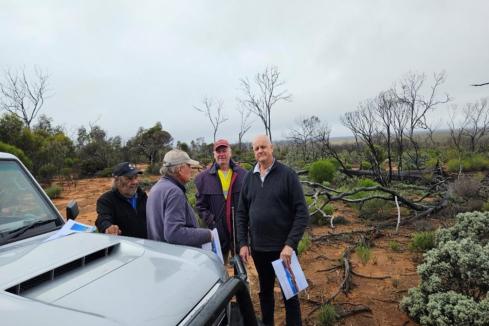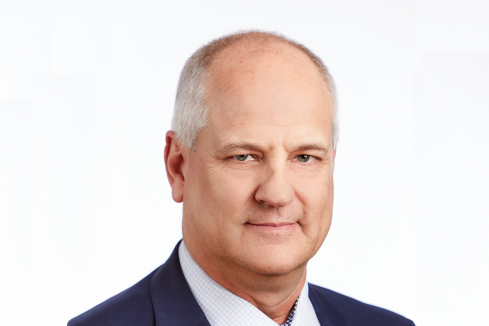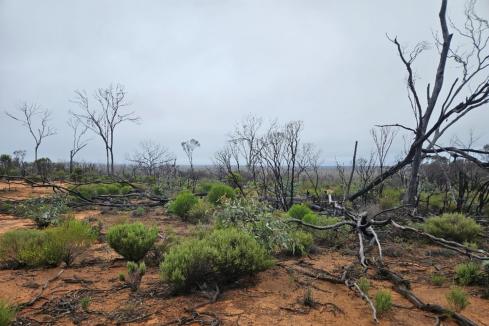Allup Silica has etched out an exploration target of five to seven million tonnes grading between 98 and 99 per cent silica at its Sparkler C sand project in WA’s Great Southern region.
The freshly-minted JORC-compliant exploration target follows on from a recent hand-auger sampling program where some 30 holes were plugged down to depths of 2.4m, returning grades as high as 99.7 per cent at an average iron oxide reading of 2094 parts per million. The preliminary results point to a potential premium 99.5 per cent silica, sub-100ppm iron oxide product.
Allup is now gearing up to roll in an aircore drill rig to continue probing the extents of the prospective silica-rich sand layer at Sparkler C, with a view to extracting a bulk sample for further metallurgical testwork. The company’s Sparkler C exploration target adds weight to its nearby Sparkler A sand deposit that houses a mineral resource estimate of 70 million tonnes at 96.84 per cent silicon dioxide.
Improvements in Allup’s silica sands processing – notably the incorporation of flotation into the process – has reduced the level of iron oxide impurities to an average of 84ppm and boosted silica levels to between 99.7 per cent and 99.8 per cent. Its Sparkler project comprises three exploration licences – Sparkler A, B and C – on private land halfway between Bunbury and Albany.
Silica sands are used in the manufacture of glassmaking and ceramics and in foundries. High-quality silica is a central component of the semiconductors used in electronics and computer processors and a critical component in optical fibres, premium ceramics and tablets, mobile phones and photovoltaic (PV) markets.
Impurities in silica sands, particularly iron oxide, can impair transmission in optical fibres and reduce glass transparency. It means Allup’s sub-100ppm iron oxide reading is a key to selling its product to solar panel manufacturers.
In a country blessed with abundant sunshine, Australia’s solar power market is poised to grow at a compound annual growth rate of 20 per cent between 2022 to 2027. According to Mordor Intelligence, more than 360,000 rooftop PV systems were installed into Australian households in 2021 – a hefty 40 percent increase compared to the previous year.
With demand for high-purity silica sand rising, sustainable and ethical supply is increasingly becoming an issue as illegal sand mining is on the rise.
Recognising its increasing importance in the green-energy revolution, Australia last year added silicon to its strategic critical minerals list. Under the government-backed Critical Minerals Accelerator Initiative, a $2 billion kitty is available to assist companies in funding a pipeline of quality critical minerals projects, including silica, towards production.
With one sizeable mineral resource estimate already defined at Sparkler A and another exploration target outlined nearby at Sparkler C, Allup is poised to ride the wave of growing demand for silica sands in a global market with dwindling ethical supplies.
Is your ASX-listed company doing something interesting? Contact: matt.birney@businessnews.com.au






